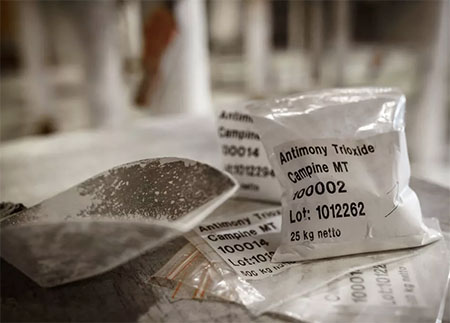Home | Regulations & Compliance | Waste and Environmental Restrictions
Waste and Environmental Restrictions
In the EU:
- The decision 2000/532/EC of 3 May 2000 stipulates that Antimony Trioxide shall be classified as “heavy metal” in the classification of hazardous waste.
- The decision 2003/33/EC establishing criteria and procedures for the acceptance of waste at landfills, gives leaching limit values for Antimony from waste acceptable at landfills for inert waste.
- The Directive 2000/76/EC on the incineration of waste, and the EU Directive 2010/75 on Industrial Emissions and its best available techniques associated emissions limit values (BAT-AELs), include maximum air emission limit values for Antimony as well as for other possible emissions.
In the US, Diantimony Trioxide is also listed as causing cancer (based on the IARC classification) in the California Proposition 65 or Safe Drinking Water and Toxic Enforcement Act of 1986. This listing requires businesses to provide warnings to Californians about significant exposures to Antimony trioxide that are released into the environment.
Companies may either be in the position of determining and demonstrating that the release to the environment is below or at the calculated No Significant Risk Levels (NSRL) for Diantimony Trioxide, establish and obtain a safe harbor exemption confirmation from the Office of Environmental Health Hazard Assessment (OEHHA) that their use is safe (Safe Use Determination (SUD)), or provide a warning on the possible release of Diantimony Trioxide into the environment.
In Asia, where most of the Antimony mining activities take place, a number of environmental requirements are imposed on mines to minimize and control their environmental impacts. As regards Antimony mines, environmental impacts are typically caused by other chemicals which are extracted with Antimony, such as lead and arsenic. In any case however, the release of Antimony and other chemicals is progressively becoming subject to emission controls and limits.

© Campine
